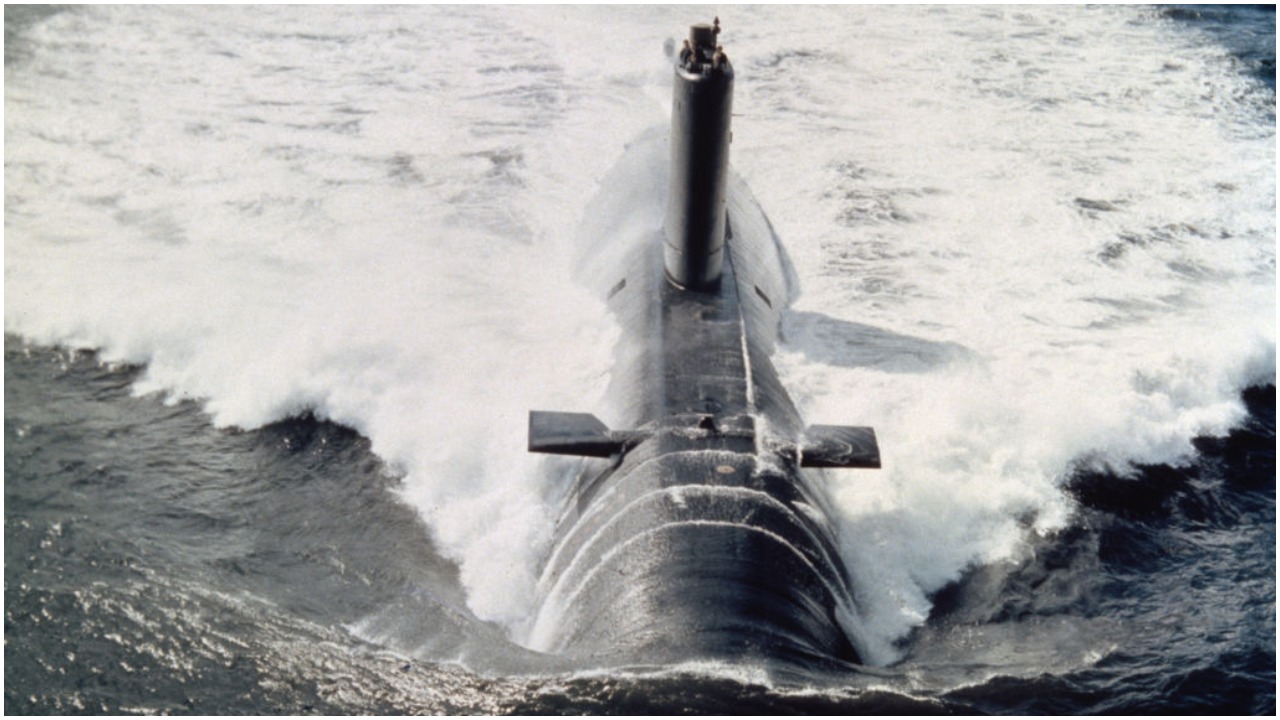HMS Conqueror. Of the twenty British Navy nuclear powered submarines awaiting final disposal by the Ministry of Defence, the Churchill Class HMS Conqueror has a unique historical distinction.
During the Falklands War in 1982, between Britain and Argentina, its crew made headlines around the world when it sank the warship ARA General Belgrano.
It is the only nuclear-powered submarine to have ever purposefully destroyed an enemy asset. British Prime Minister Thatcher gave the order and on May 2nd, 1982 of three torpedoes fired by the Conqueror two sank the Belgrano with the loss of three-hundred and twenty-three lives.
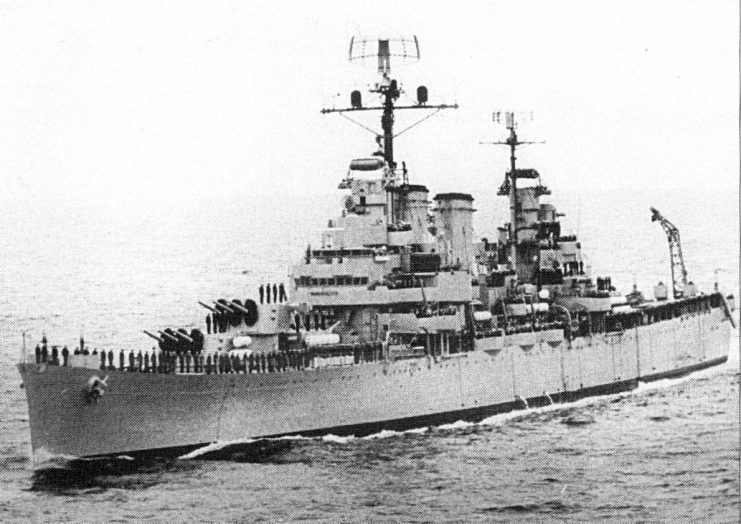
The action was deplored by some as a provocation designed to escalate hostilities while others saw it as a strategic victory that helped bring the Falklands Conflict to an early finish.
The ten-week war began with the invasion of the British Overseas Territory on April 2nd, 1982.
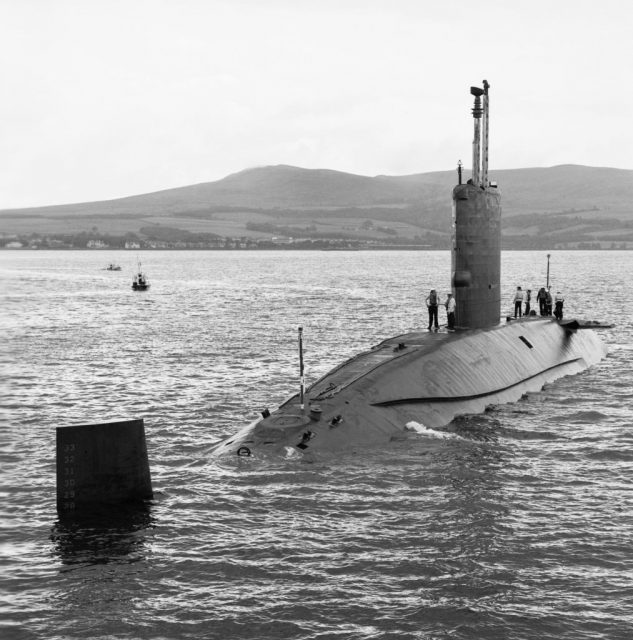
The Argentine military Junta had set its sights on the archipelago calculating that the eight-thousand-mile distance between it and the UK would mean the British would be reluctant to commit major assets to defend such a remote protectorate.
However, with the strategic position of the islands close to Antarctica and the possibility that there might be oil reserves in the region, the UK government assembled a task force within days and declared the islands a war zone.
The HMS Conqueror set sail from Faslane Naval Base on the 3rd April and arrived three weeks later with the express mission to seek out Argentine warships, most notably the aircraft carrier the Veinticinco de Mayo.
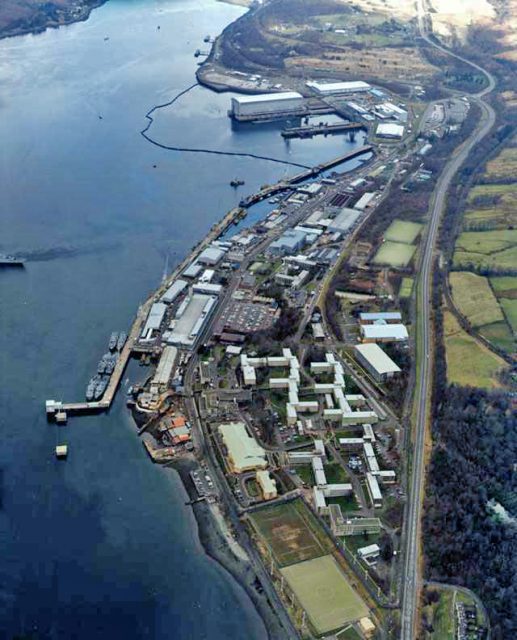
A week after her arrival the crew spotted the Belgrano Southwest of the islands a little way outside the exclusion zone.
The Veinticinco de Mayo was heading toward the Falklands from the North.
The British suspected an attempted pincer movement, which would have cut off logistical support routes and weakened the task force. Admiral Sandy Woodward, Commander of the British Task Force requested permission to engage.
While the situation was being studied in London, in Buenos Aries it was realised that the aircraft carrier, the Veinticinco de Mayo was not yet battle ready and so the Belgrano retreated from her battle position.
Despite this, British intelligence was certain that this was simply the beginning of a build up to what intercepted messages had described as a ‘massive attack’ on the Task Force.
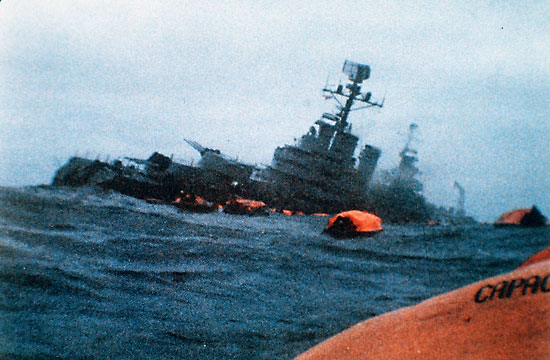
With the evidence mounting the Admiralty gave permission for the HMS Conqueror to attack and sink the Belgrano and so on May 2nd, 1982 she made history, firing three class 8 torpedoes at the light cruiser.
The explosions knocked out her electrical system and the poor visibility and failing light meant that she was unable to send out a mayday signal.
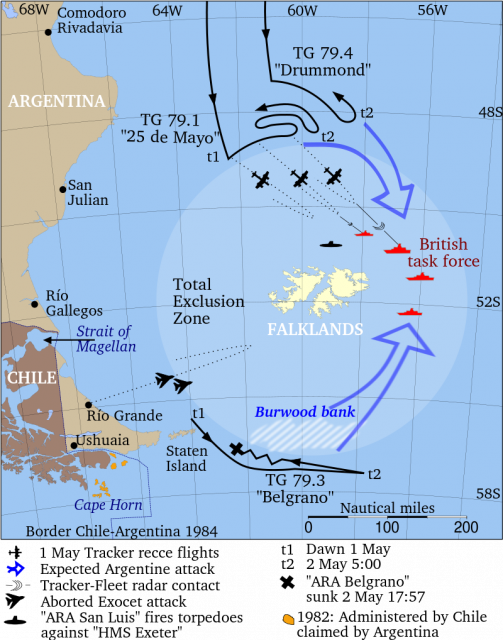
The Argentine government complained to the United Nations that the sinking of their warship had been a contravention of UN Security Council Resolution 502 which had called for a ceasefire.
The public reaction in Argentina was one of shock and as a result the Argentine Navy returned to port and played no further part in the war, likely saving lives and shortening the war.
Argentina maintained aerial hostilities, with HMS Conqueror a priority target, however they were unable to locate the submarine, which continued to monitor aircraft as they were launched from the mainland to engage the British.
In a 2003 interview the Captain of the Belgrano, Hector Bonzo, accepted that the attack on his ship was legitimate as he had been given orders to sink, ‘any British ship I could find’.
Following the loss of the Belgrano the Argentine Air Force were able to sink six British ships and one landing craft before the cessation of hostilities on June 14th, 1982.
On the HMS Conqueror’s return to Faslane she flew a Jolly Roger as is Royal Navy submarine tradition following a kill.
Campaign to Save Doomed Falklands War Carrier From the Scrapyard
Commander Wreford-Brown said of the sinking of the Belgrano that the Royal Navy had, ‘spent thirteen years preparing me for such an occasion. It would have been regarded as extremely dreary if I had fouled it up’.
